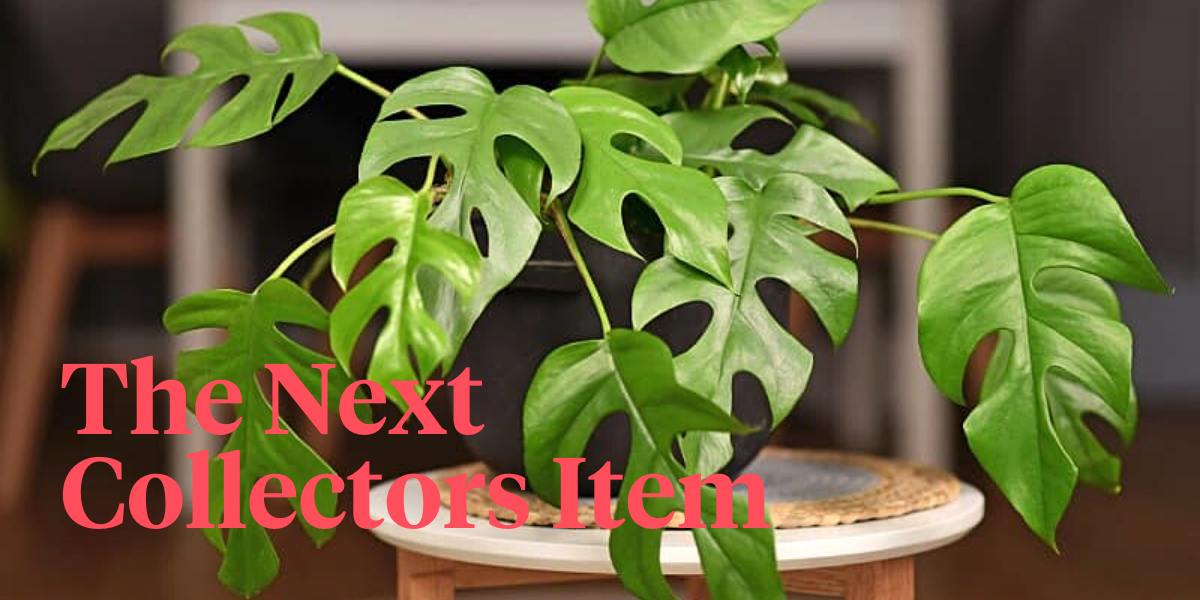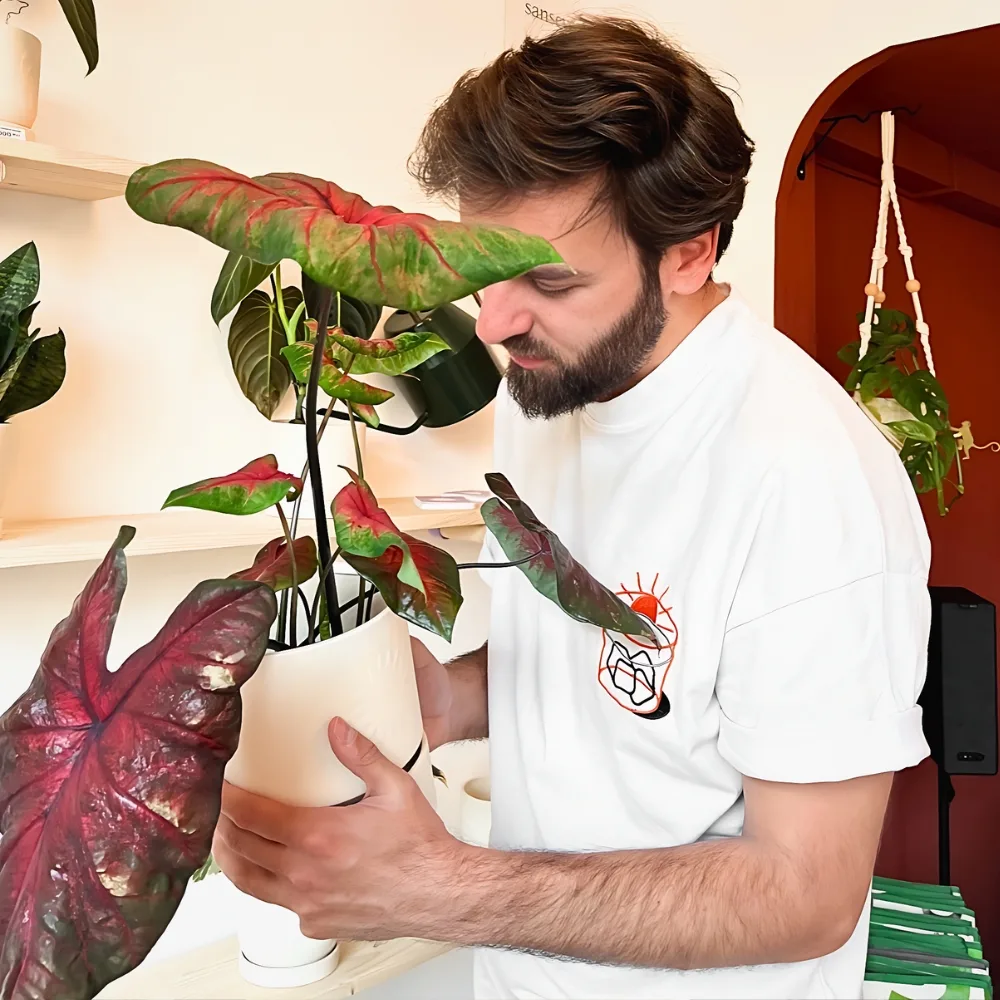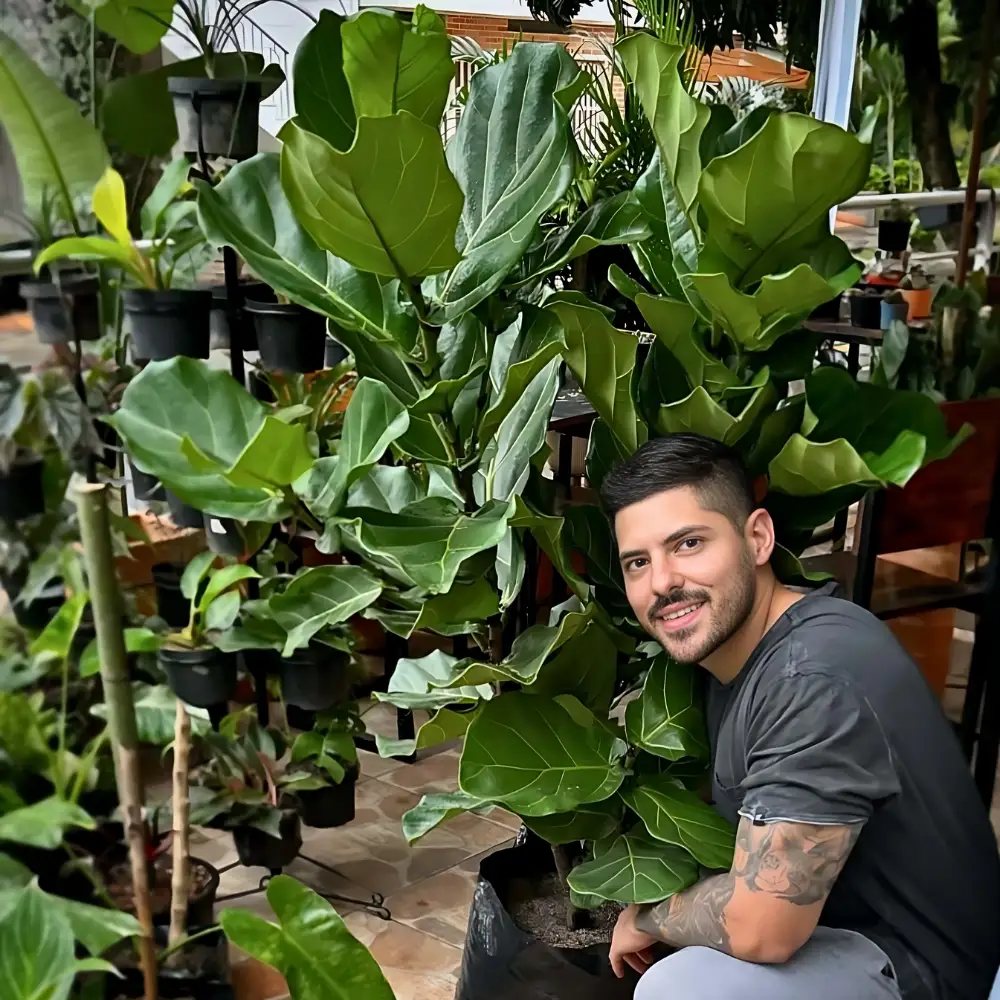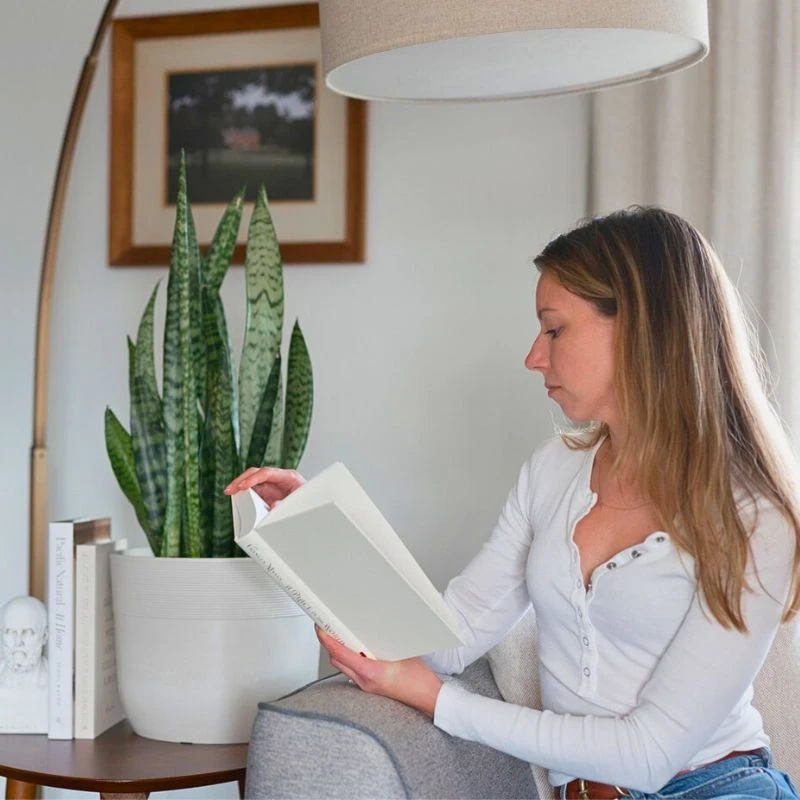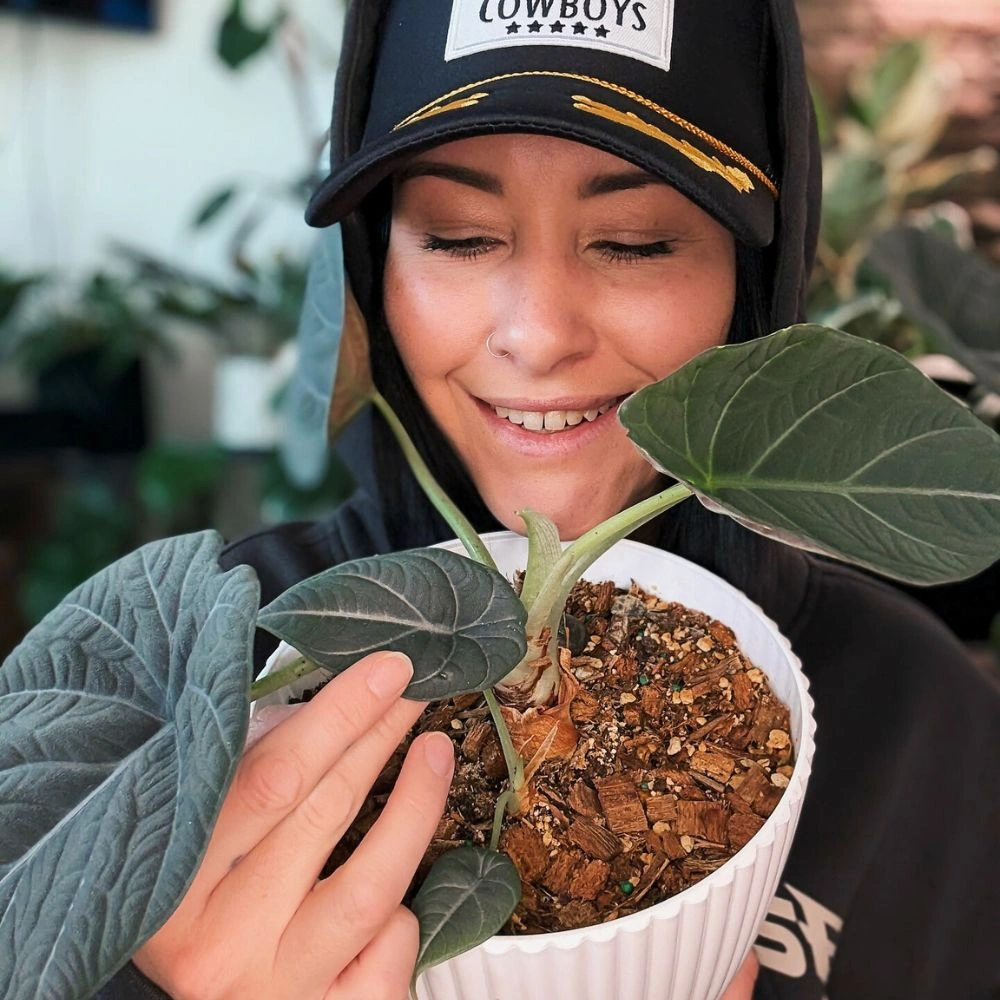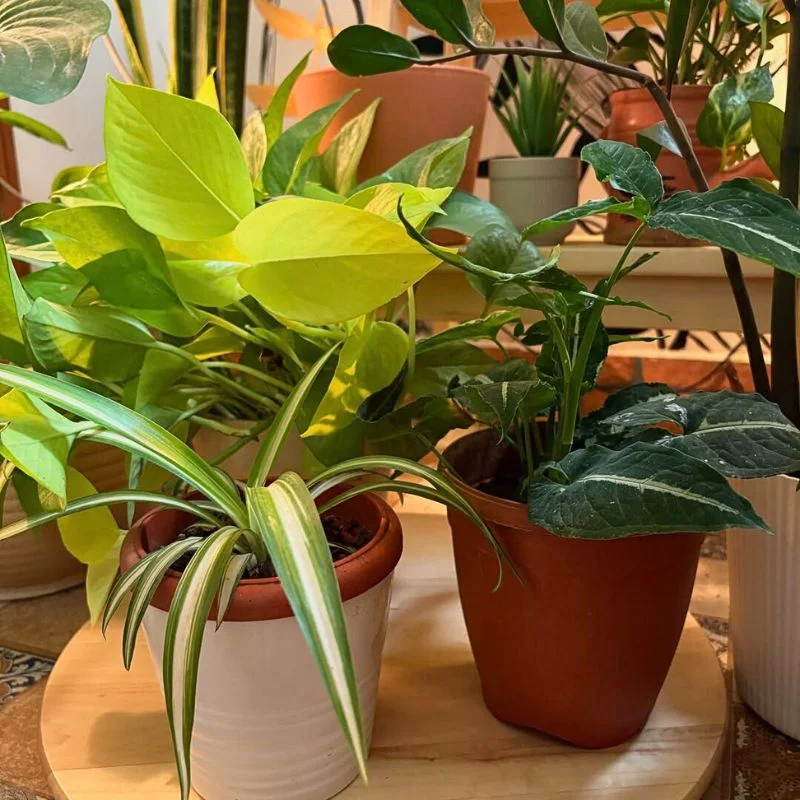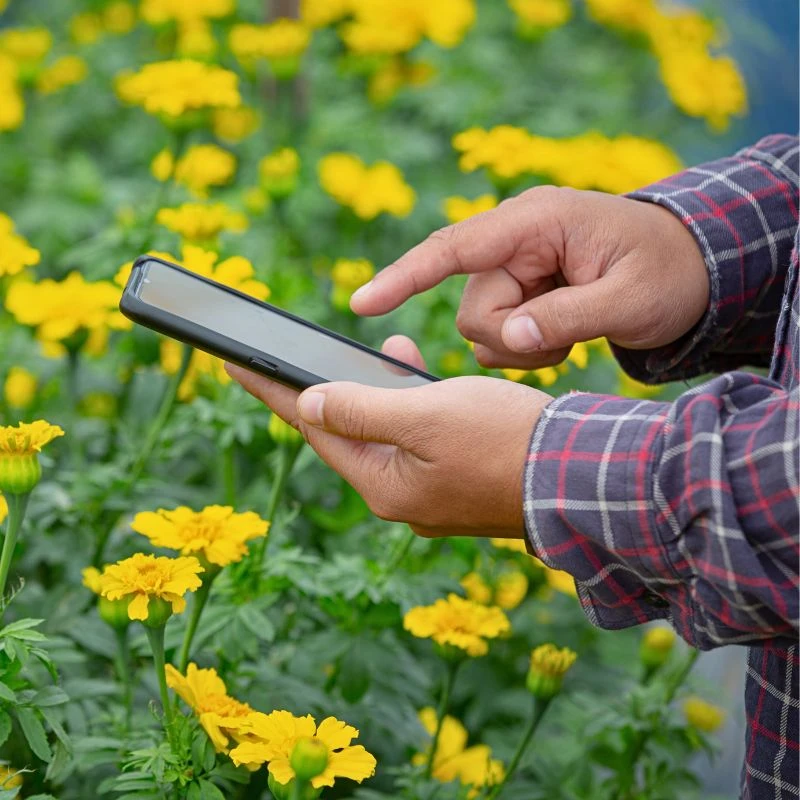Rhaphidophora Tetrasperma goes by many names, such as Mini Monstera, or Monstera Minima. The most common name for it, Mini Monstera comes from the resemblance to the magnificent Monstera deliciosa. This beautiful climbing plant is much smaller and the Rhaphidophora Tetrasperma or Mini Monstera is from the Araceae family.
Rhaphidophora Tetrasperma aka Mini Monstera or Monstera Minima
This Monstera Minima may look like a Monstera Deliciosa, but it's actually not a Monstera but a part of an independent genus, Rhaphidophora. They originate from Thailand and Malaysia and are a part of the Araceae family, making Rhaphidophora plants distantly related to those in the Monstera genus. Like its Monstera relatives, the Mini Monstera makes an excellent and easy houseplant, adapting well to indoor conditions. In the article "All The Different Types of Monstera Plants You Want To Know About" you can find out which ones indeed are the Monstera Plants.
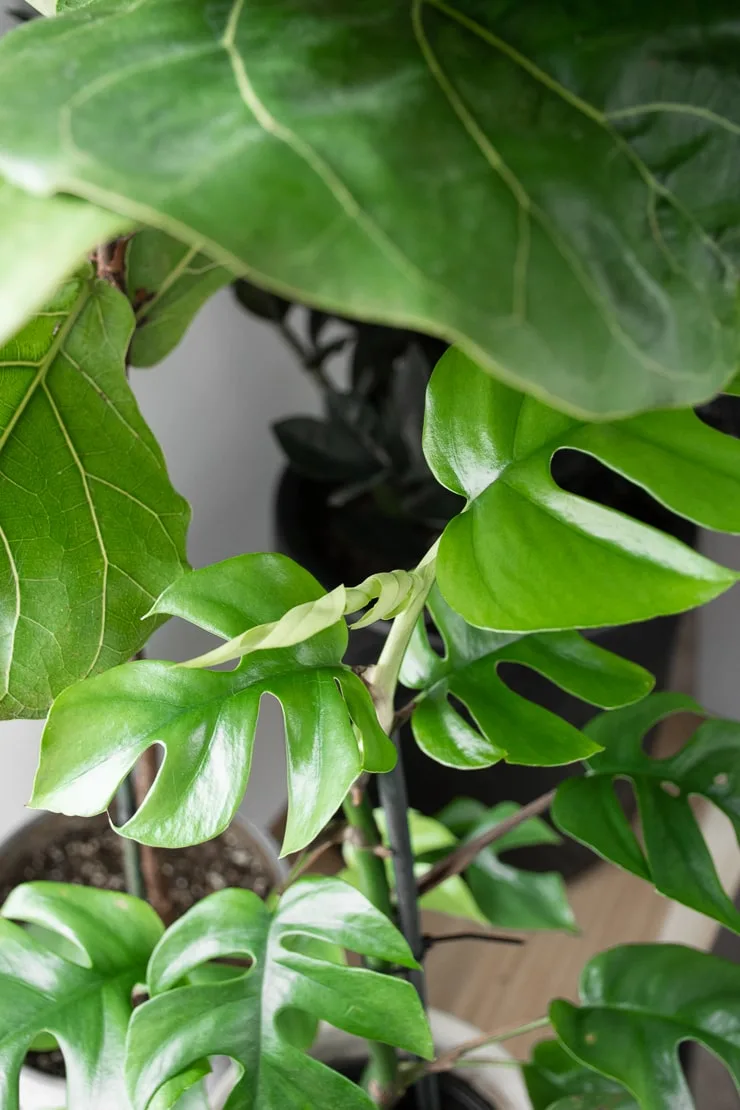
Rhaphidophora Tetrasperma - A Climbing Monstera Minima
This houseplant is a gorgeous evergreen climbing (vining) plant. While it vines easily, its leaves stay fairly small—only about 4–6 inches long. The Mini Monstera plant is generally low-maintenance and easy to grow indoors as a houseplant. If you have any experience growing other aroids such as Monsteras, Alocasias, or Philodendrons, you will have no problem keeping this Monstera Minima climber happy. Much like the other houseplants above, the Rhaphidophora Tetrasperma plants use aerial roots to help them latch on to trees and branches in the wild. As houseplants, they will thrive if provided with support to climb indoors such as a moss pole or trellis.
.png)
How Did the Rhaphidophora Get Its Name?
This Mini Monstera was first discovered in the late 1800s in Britain by the British botanist Joseph Dalton Hooker. Rhaphidophora Tetrasperma is a unique plant species that till not so long ago was not easily found, nowadays only the variegated ones are still very hard to get your hands on.
Rhaphidohora is a term used to describe the plant’s oxalates located straight in the plant's center which if observed very well, have a needle-like appearance and shape. The second half of the name, Tetrasperma stipulates the plant’s alluring four-sided seeds produced during the autumn season.

The real question comes to be: how should you care for your Mini Monstera, and what are the best growing and watering tips to make this green plant prosper? Scroll down to read more you need to know about the Monstera Minima or Rhaphidophora Tetrasperma.
-(1).png)
Variegated Monstera Minima (Rhaphidophora Tetrasperma) - Most Expensive Houseplant Ever Sold
Fun fact: On June 13th, 2021 a single Rhaphidophora Tetrasperma with rare white colors was sold in an internet auction on "Trade me" in New Zealand for a record NZ$27,100 (approximately US$19,300.) You can read all about this here: "Rare Variegated Monstera Minima (Rhaphidophora Tetrasperma) Plant Sold for Over $ 19,000"
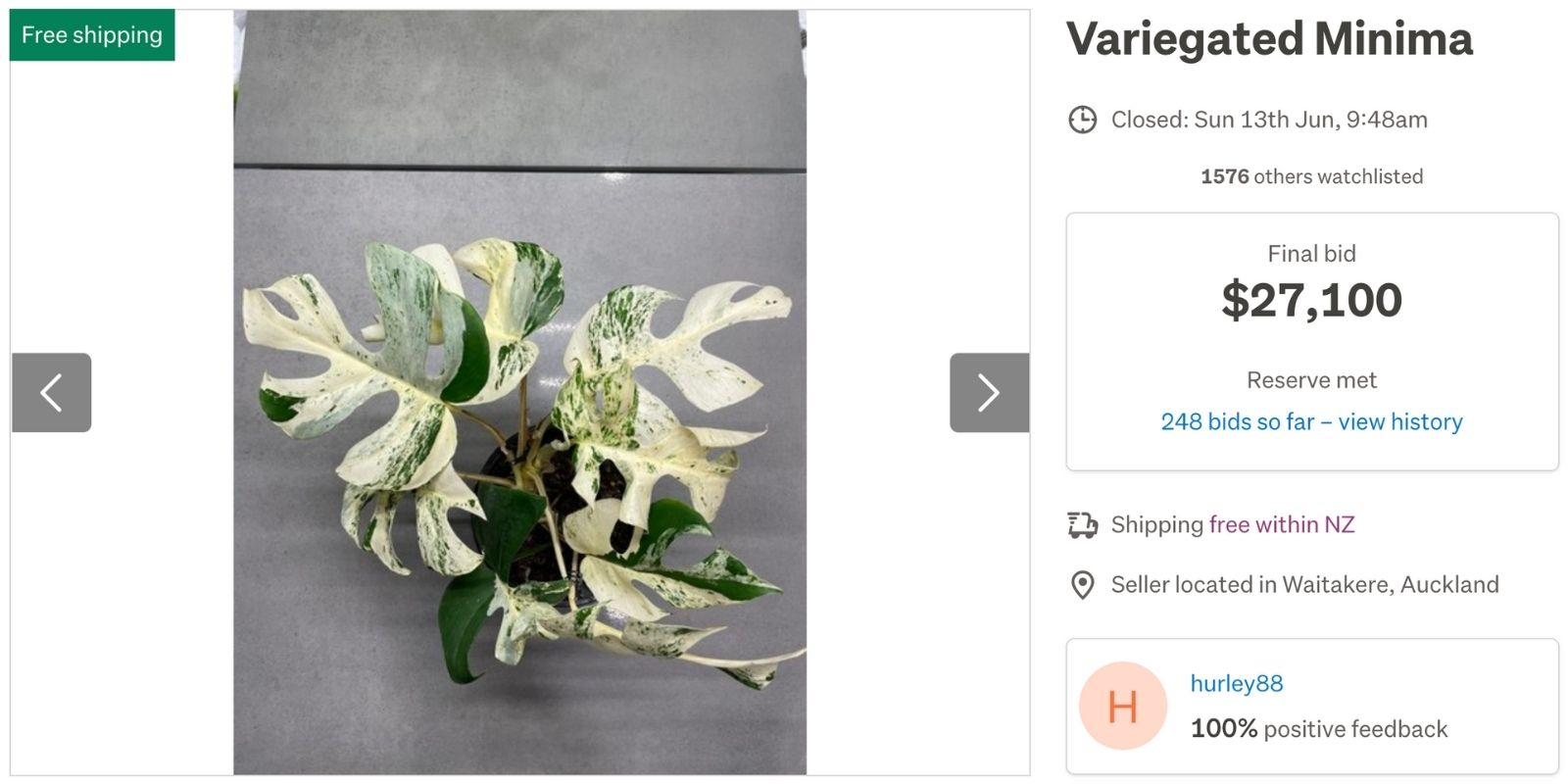
Read about different sorts of monstera variegations here: 'All Variegated Monstera Plants Together – Albo, Aurea, Sport & Thai Constellation'.
Mini Monstera Care: How to Care for a Tetrasperma Rhaphidophora?
Having small and graceful ornamental leaves with 6 inches (15 cm) split lobes when growing this plant, it's crucial to take into consideration that they’re quite sensitive. The Rhaphidophora Tetrasperma needs a vast amount of care, that's for sure. If you’ve decided to raise them as houseplants, you’ll have to create an environment sufficiently strong enough for your Tetrasperma Rhaphidophora to grow into a beautiful plant. Also, if you’ve had any experience growing Monstera Deliciosa, you’re in luck because it'll be easier to grow your own Monstera Minima at home.
For your plant to thrive, check out these tips on the most appropriate Monstera Minima care:
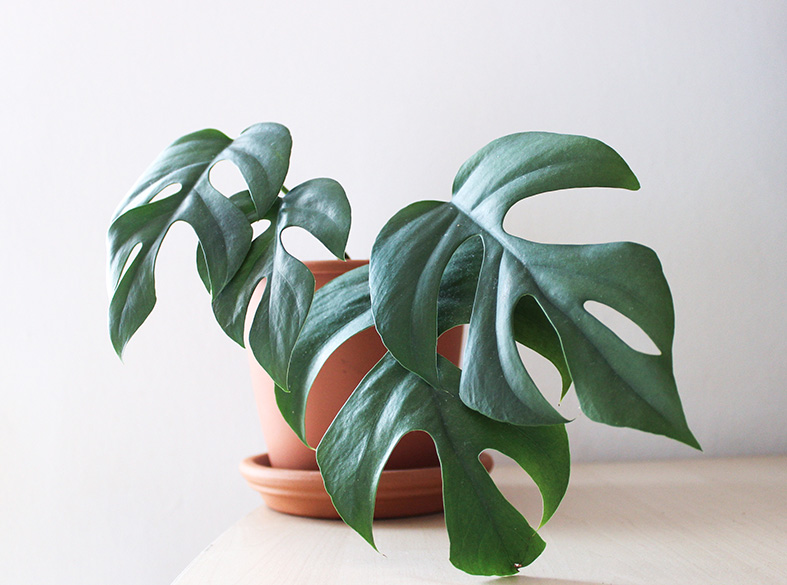
Light Requirements
One thing you need to take into account is the quantity of light the Rhaphidophora Tetrasperma is exposed to. Mini Monstera plants thrive in bright and indirect light, however, we recommend not exposing them to direct and hot sunlight because as a result, their vibrant green leaves will fall off before turning completely yellow.
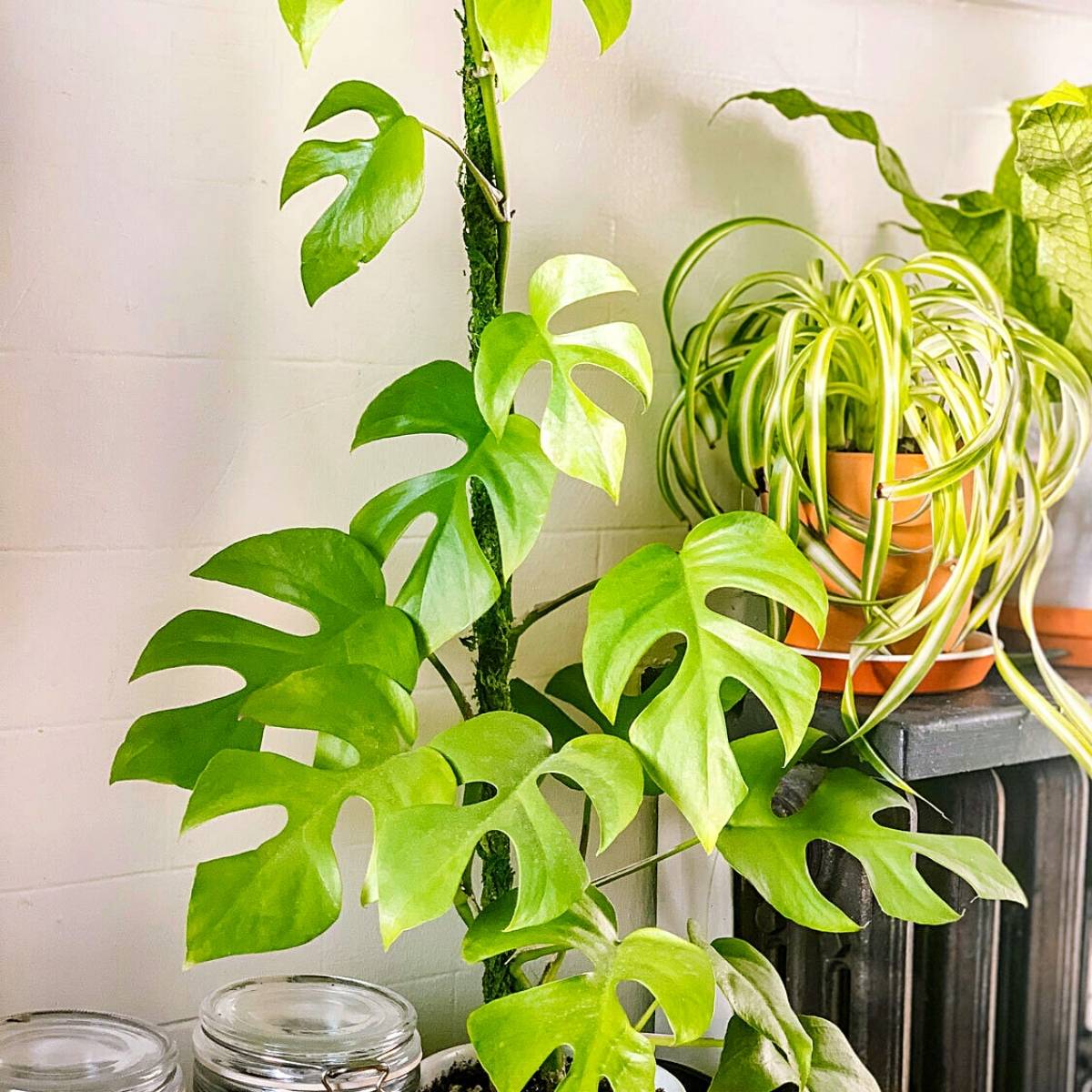
Watering
If you're wondering "how often to water a Mini Monstera", you must know that watering is quite simple—The more you hydrate this Mini Monstera plant, the more it'll grow. However, overwatering can do more harm than good. The greener the plant, the more water it'll seek to become its bold and most powerful version yet, so please make sure you don’t leave them dry for too long.
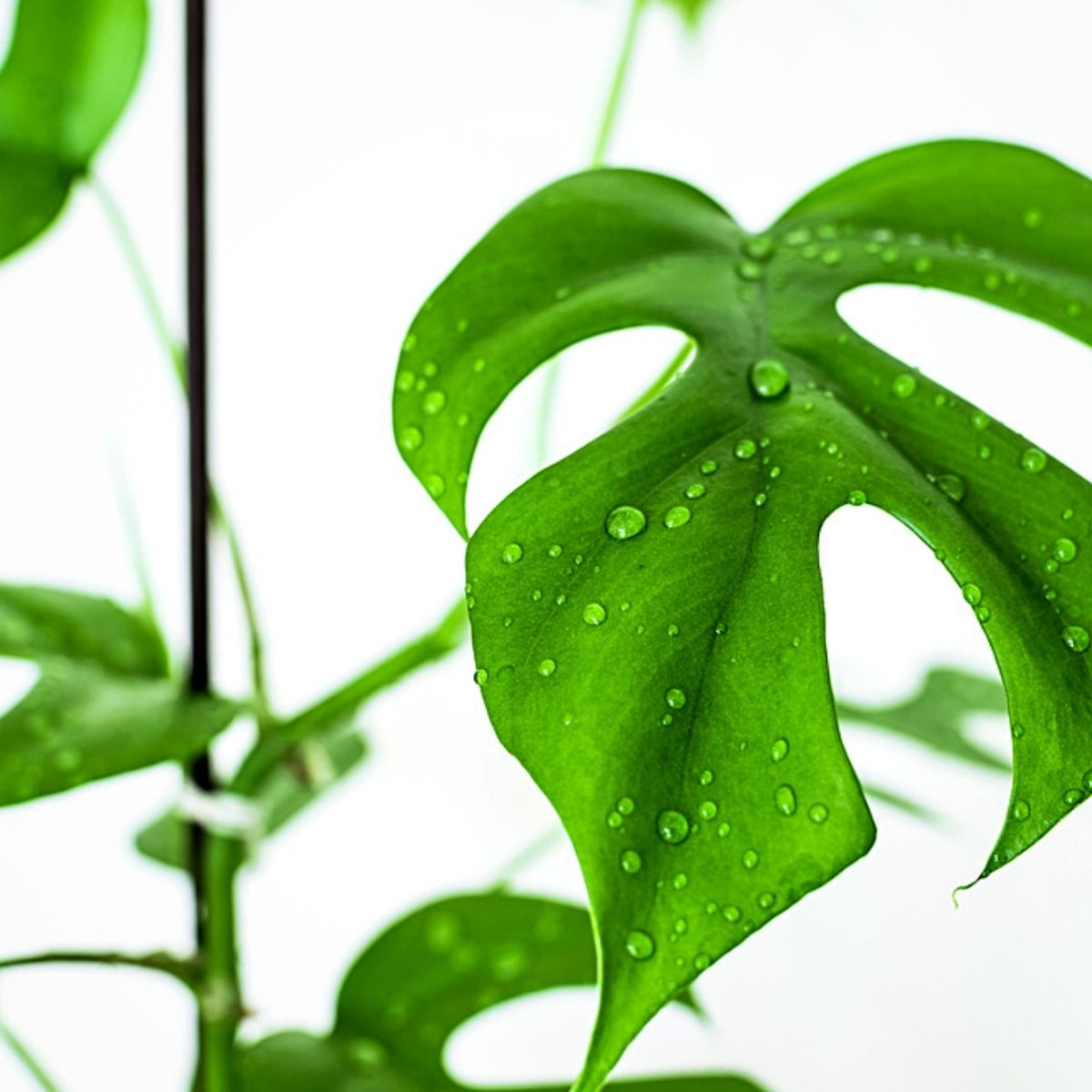
Soil
The Mini Monstera plant thrives in well-draining soil that is rich in organic matter. A Mini Monstera soil mix can be done with peat moss, perlite, and vermiculite as it provides the ideal balance of water retention and drainage.
Above all, remember that the best soil for a Mini Monstera is the one that retains water but is not waterlogged, because, as we've seen above, overwatering a Rhaphidophora Tetrasperma can harm your plant.
Fertilizer
Another important tidbit you should know about your Monstera Minima is that they’re highly vulnerable to fertilizer burn. This is because this plant's roots are very sensitive, so the best fertilizer for Rhaphidophora Tetrasperma is an organic, yet rich fertilizer that contains no harmful chemicals. Are any high-maintenance plant lovers around? You’ll need to look after this plant diligently and ensure its living conditions are optimal.
Common Problems
When taking care of your Mini Monstera plant, you should be aware of the main pests that can affect your plant. Common pests can include mealybugs, spider mites, and aphids. Regularly inspect your plant for signs of infestation, and treat with insecticidal soap or neem oil when necessary. Maintain proper care, as healthy plants are less susceptible to pests. Make sure you let dry out the soil before watering again and don't use a potting mix that is too dense, as that can lead to root rot.
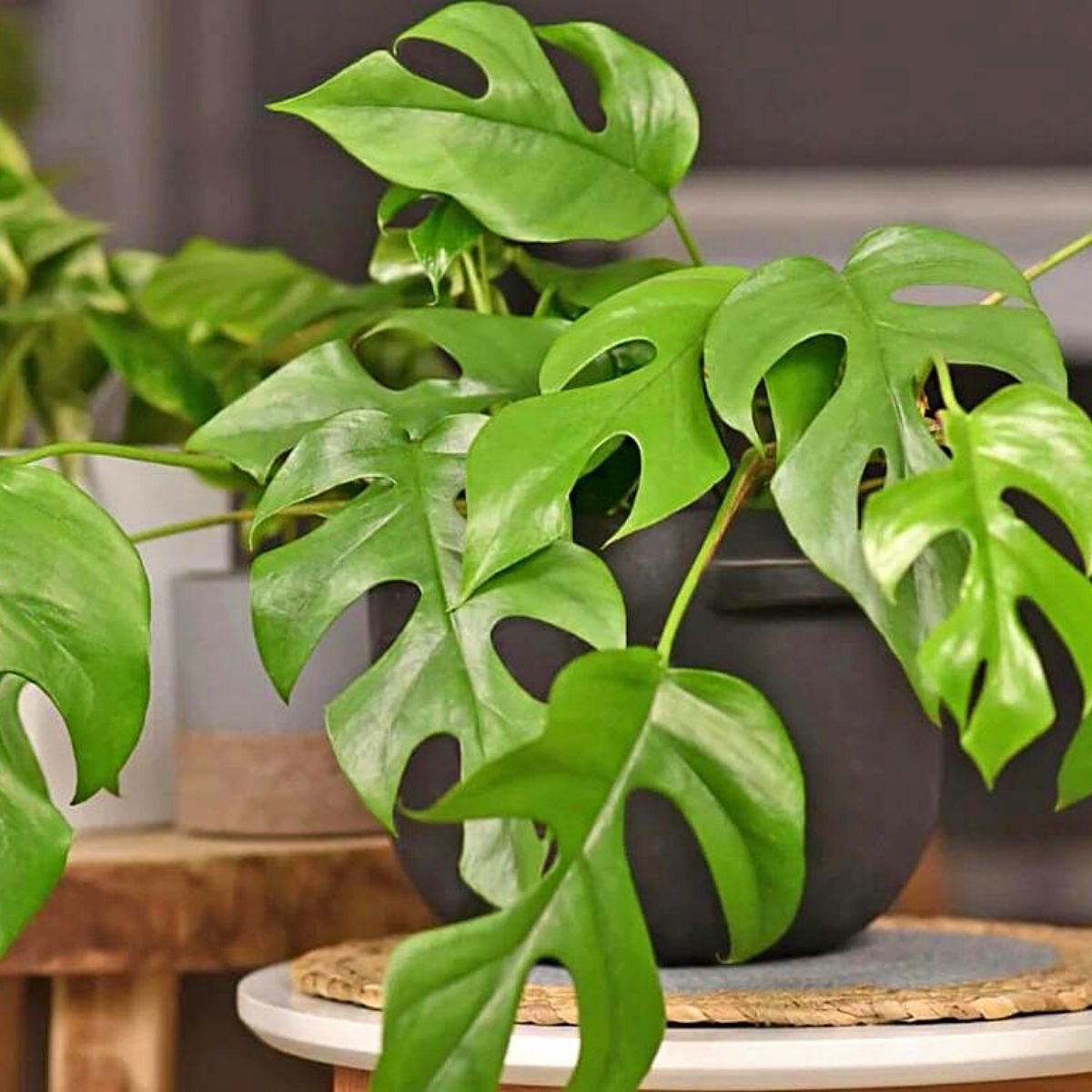
How to Propagate a Mini Monstera or Rhaphidophora Tetrasperma
You can propagate a Mini Monstera through stem cuttings. You can begin propagating when you first see the leaf nodes on your plant. A great opportunity to transform it into new little plants.
The Rhaphidophora Tetrasperma propagation is as easy as it gets. Select a healthy stem with at least one or two leaves and a couple of aerial roots. Cut the stem below a node, and place it in water or moist soil. Roots should start to develop within a few weeks. Once the roots are well-established, transplant the cutting into a pot with well-draining soil.
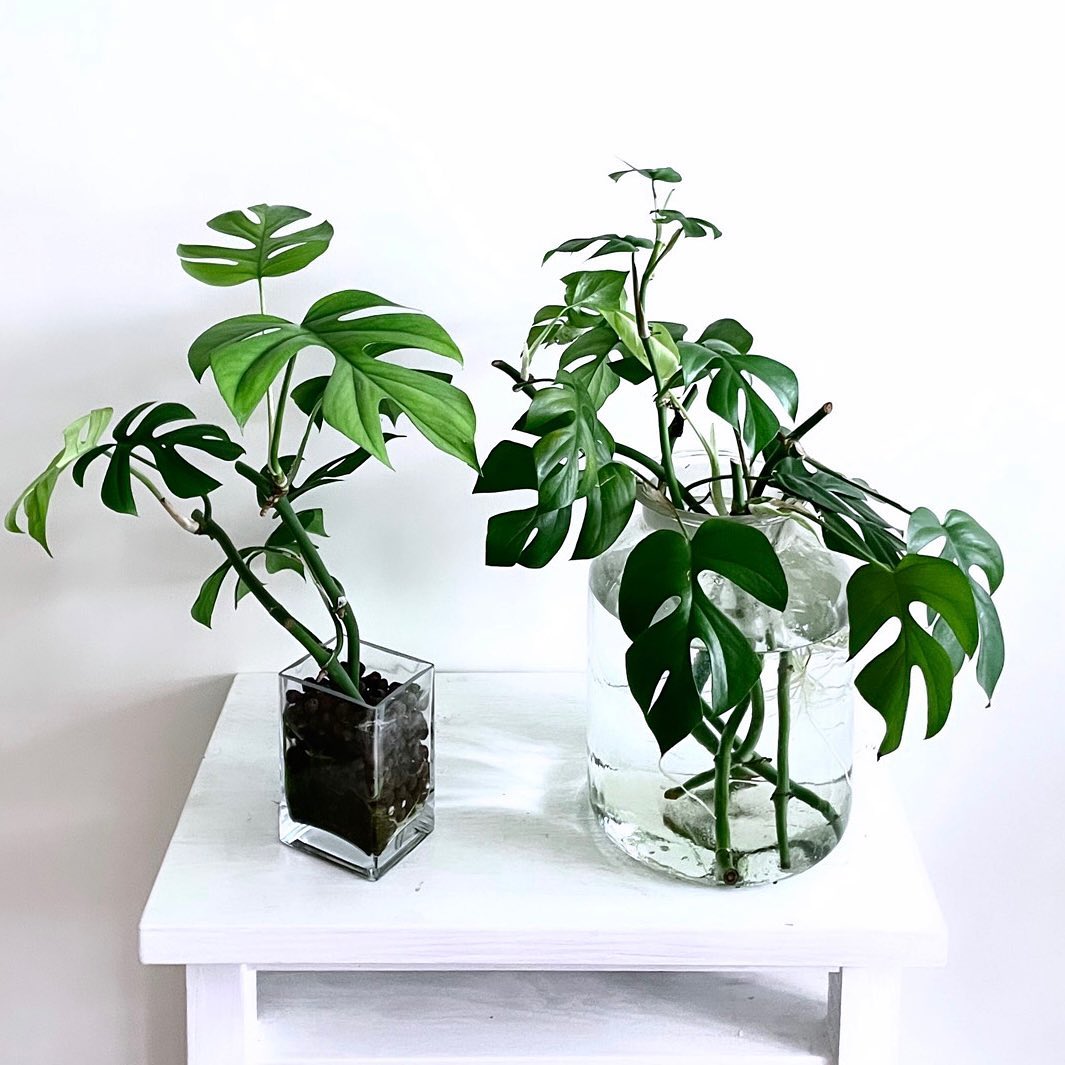
Rhaphidophora Tetrasperma is a beautiful, low-maintenance climbing plant that adds a tropical touch to any indoor space. With proper care, it can thrive and grow into an impressive and eye-catching specimen. So just talk to your Mini Monstera and it will grow beautifully.

